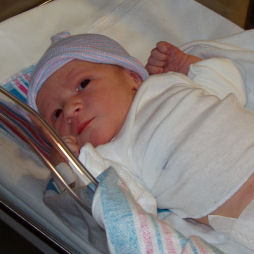
Simviation Forums
Flight Simulator and other chat





His most "classic" combat, by some analysts, was on June 6, 1942 at noon. While in a bomber escort mission, he saw a formation of 16 P-40 Tomahawk fighter and ground attack aircraft, but initially remained with his formation, escorting the german bombers. After ten minutes, he left his formation with the escorted bombers and flew alone to attack the 16 Tomahawks, but his faithful wingman followed him. Marseille climbed above a tight formation of four, then dived at them. From a range of just 200ft he selected his first victim and turned at him. From a very short range of just 150ft he fired and shot it down. He then pulled up, turned, and dived at his 2nd victim, shooting it down from a range of 150ft. The others began to dive, but Marseille dived at them, turned at his 3rd victim and shot it down at altitude of about 3500ft (1km). He passed thru the smoke from his 3rd victim and leveled at low altitude, and then climbed again. He then dived again, at his 4th victim. He fired from just 100ft, but his guns didn't fire, so he fired his machine guns from very short range and passed thru the debris from his 4th victim. At the moment he hit his 4th victim, his 3rd victim hit the ground after falling 3500ft, approximately 15 seconds between victories, an indication of Marseille's speed. The remaining Tomahawks were now all at very low altitude. He leveled at them and quickly closed distance. He found himself beside one of the Tomahawks, he turned at him and fired, hitting his 5th victim in the engine and the cockpit. He climbed again, watched the remaining Tomahawks, selected a target, dived, levelled, and fired, and passed just above his 6th victim. He then climbed to his wingman which observed the battle from 7500ft above, and then, short of fuel and ammunition, flew back to base.
On Sept. 26, he shot down his last victims, making a total of 158 confirmed air victories. He received a new Me-109 aircraft but refused to replace his faithful aircraft. His status was such that only an order by fieldmarshal Kesselring, the supreme commander of the german forces in the southern front, convinced him three days later to use the new aircraft.
The next morning, Sept. 30, 1942, he flew his 382nd combat mission, a fighter sweep over british territory. They met no enemies, and turned back towards the german lines. Marseille then had a technical problem. His new aircraft's engine cooling system failed, the engine caught fire, and his cockpit was full of smoke. Encouraged by his fellows, Marseille flew his burning new Me-109 three more minutes until he was again over german held territory. He then turned his aircraft upside down, jettisoned the canopy, and then released himself and fell outside of the burning fighter. Bailing out is not always safe, and Marseille was hit in the chest by the rudder of his Me-109 and lost consciousness, so he did not open his parachute, and fell down to the ground and died.




Marseille was a genius,but I think that Hartmann was even better. He seemed to be one of the few pilots who could take out the IL-2 ("concrete aircraft") just with a few shots.



...later on,he changed his tactics and attacked the Sturmoviks from below with a well aimed shot in the vulnerable oil cooler.
A nice example for "learning by doing".


Those AI gunners must be really good.


Is it any good Felix?
Jeff


Users browsing this forum: No registered users and 185 guests